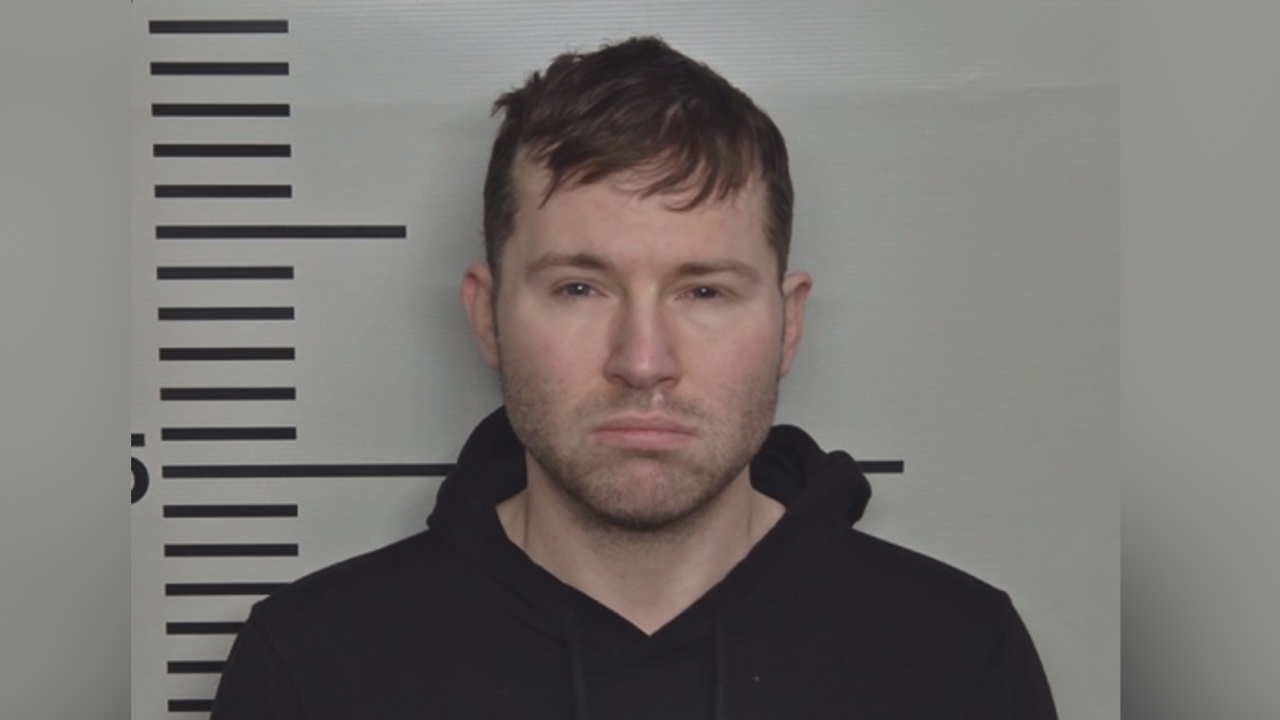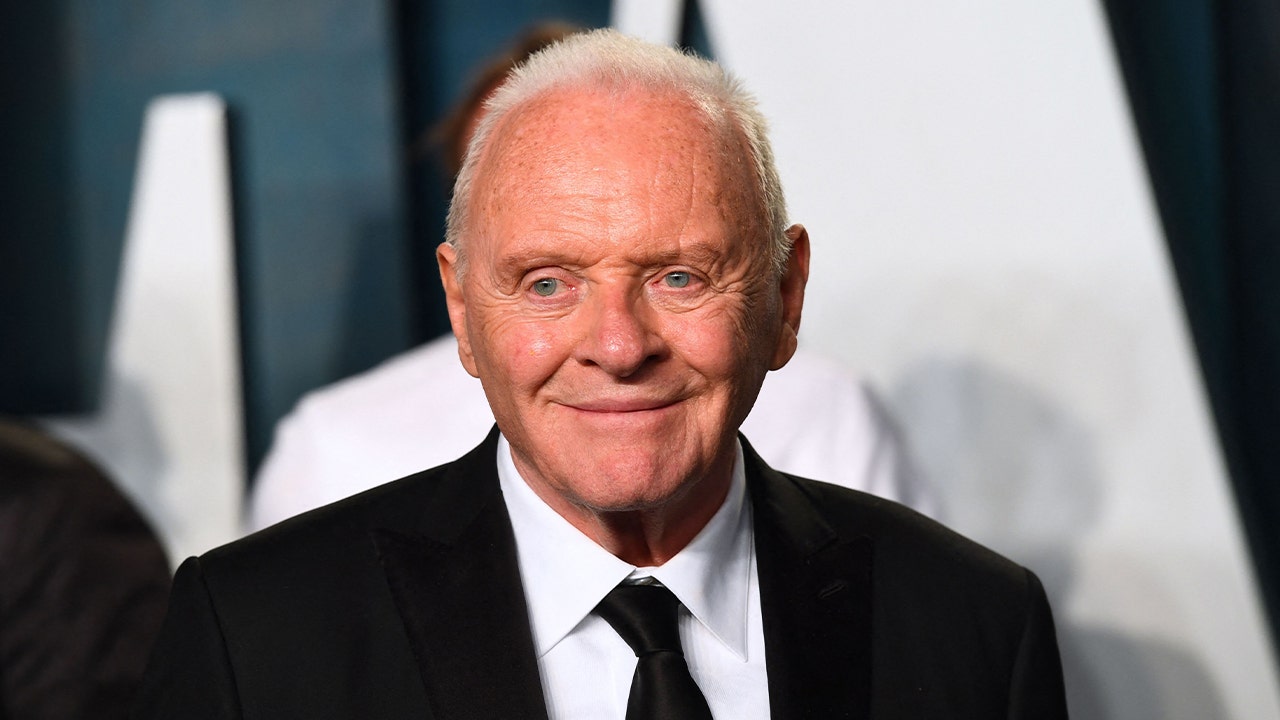Technology
Students walk through the struggles of refugees at YWCA’s Camp Hope exhibit
Before entering the room, students lined up at a mock border checkpoint, the first stop of the Camp Hope experience. Behind the desk stood Hafiz Ibrahim, an employment counsellor with YWCA Prince Albert who was helping run the simulation.
Some students were waved through, while others were stopped and questioned. Ibrahim handed each participant a small cloth bag, an ID card, and a few fake bills, explaining that these represented all a refugee might carry, just enough to symbolize what a person might carry when escaping their home.
The exercise, though simple, carried weight. It set the stage for what followed, a walk through the realities of refugee life. From that moment, the students’ journey through Camp Hope began.
“The main lesson we want them to learn is that whoever comes here as a refugee from outside of Canada, there is hardship,” Ibrahim said. “The hardship starts from the point that you want to start crossing the border from your home country.”
He told students to imagine being stopped for lacking documents. “If you don’t have a legal document, somebody will stop you,” he said. “They can even take you to traffickers. You can have a hard time. Then you will need an ID card from here to go through.”
Once they “crossed the border,” the students entered a re-creation of a camp, small shelters built close together with barely enough room for a family.
“You imagine yourself in a real refugee camp,” Ibrahim said. “There’s no privacy. Three of four people share one small space.”
Nearby, a table displayed cooking tools. “There’s no ready food,” he said. “You have to make it yourself, smash what you have all day. Once you get ready, you cook with whatever little you have.”
He pointed to a corner with two red jerrycans and a makeshift well with a water tap that refugees often carry for kilometres under heat. Another volunteer explained that refugees often fetch water far from home, sometimes from holes dug in the ground.
“The water looks yellowish, not even clear, but you have to drink and cook with it,” she said.
The next section resembled a classroom. “In Kenya, they teach in Swahili,” Ibrahim said. “In Sudan, they teach in Arabic. Every country uses its own language, but children still study.”
Panels titled “My Story” shared real testimonies of people from Afghanistan, Sudan, and Burundi who later found safety in Canada. Students lingered to read them and asked questions about where those families are today.
“The main lesson,” Ibrahim said, “is that whoever comes to Canada as a refugee would have loved to live in their own country. They were forced to leave.”
For YWCA Prince Albert, Camp Hope was more than an exhibit; it was a teaching tool that brought global issues into a local classroom. Ibrahim said he hopes the students leave with perspective.
“Through Camp Hope, we try to give people a home away from home,” he said. “It’s about hope, not pity, and about understanding that refugees are people just like us, who deserve safety and dignity.”
Before entering the room, students lined up at a mock border checkpoint, the first stop of the Camp Hope experience. Behind the desk stood Hafiz Ibrahim, an employment counsellor with YWCA Prince Albert who was helping run the simulation.
Some students were waved through, while others were stopped and questioned. Ibrahim handed each participant a small cloth bag, an ID card, and a few fake bills, explaining that these represented all a refugee might carry, just enough to symbolize what a person might carry when escaping their home.
The exercise, though simple, carried weight. It set the stage for what followed, a walk through the realities of refugee life. From that moment, the students’ journey through Camp Hope began.
“The main lesson we want them to learn is that whoever comes here as a refugee from outside of Canada, there is hardship,” Ibrahim said. “The hardship starts from the point that you want to start crossing the border from your home country.”
He told students to imagine being stopped for lacking documents. “If you don’t have a legal document, somebody will stop you,” he said. “They can even take you to traffickers. You can have a hard time. Then you will need an ID card from here to go through.”
Once they “crossed the border,” the students entered a re-creation of a camp, small shelters built close together with barely enough room for a family.
“You imagine yourself in a real refugee camp,” Ibrahim said. “There’s no privacy. Three of four people share one small space.”
Nearby, a table displayed cooking tools. “There’s no ready food,” he said. “You have to make it yourself, smash what you have all day. Once you get ready, you cook with whatever little you have.”
He pointed to a corner with two red jerrycans and a makeshift well with a water tap that refugees often carry for kilometres under heat. Another volunteer explained that refugees often fetch water far from home, sometimes from holes dug in the ground.
“The water looks yellowish, not even clear, but you have to drink and cook with it,” she said.
The next section resembled a classroom. “In Kenya, they teach in Swahili,” Ibrahim said. “In Sudan, they teach in Arabic. Every country uses its own language, but children still study.”
Panels titled “My Story” shared real testimonies of people from Afghanistan, Sudan, and Burundi who later found safety in Canada. Students lingered to read them and asked questions about where those families are today.
“The main lesson,” Ibrahim said, “is that whoever comes to Canada as a refugee would have loved to live in their own country. They were forced to leave.”
For YWCA Prince Albert, Camp Hope was more than an exhibit; it was a teaching tool that brought global issues into a local classroom. Ibrahim said he hopes the students leave with perspective.
“Through Camp Hope, we try to give people a home away from home,” he said. “It’s about hope, not pity, and about understanding that refugees are people just like us, who deserve safety and dignity.”




